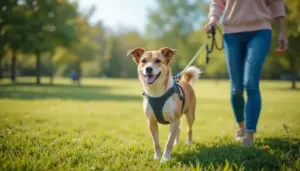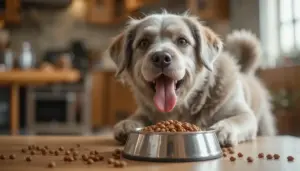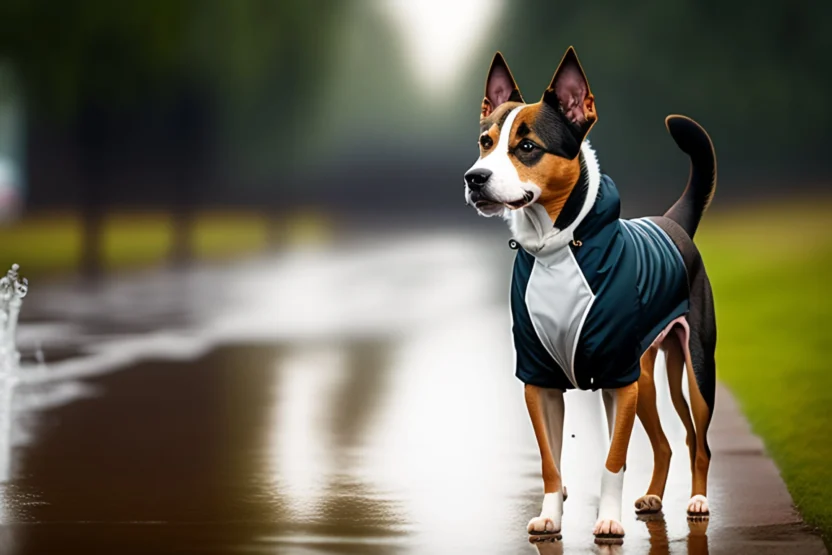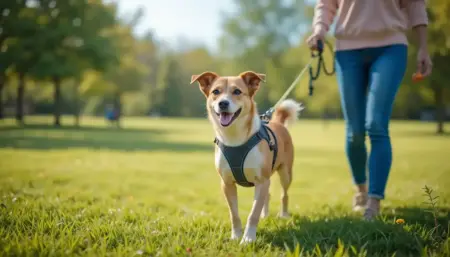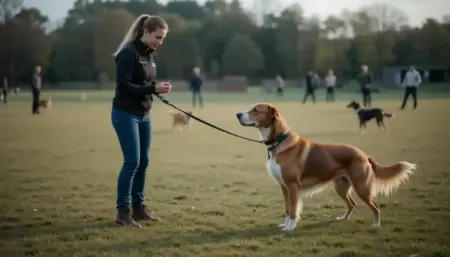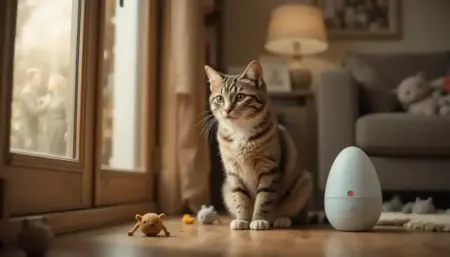You’ve probably heard them called “mutts,” “mixed breeds,” or even “designer dogs.” But what exactly is a mutt dog? Simply put, a mutt is a dog that’s a combination of two or more different breeds. Their family tree is a beautiful tapestry of canine heritage, making them truly one-of-a-kind. Unlike purebred dogs with carefully documented lineages, mutts often have a mysterious past, adding to their allure.
Some people might think that mutts are less desirable than purebred dogs. However, this couldn’t be further from the truth. Mutts are just as lovable, intelligent, and trainable as any other dog. Their genetic diversity often brings health benefits and unique personalities that make them exceptional companions.
Mutt Dog Myths vs. Reality
Let’s clear up some common misconceptions surrounding mutt dogs.
Are Mutt Dogs Healthier?
One of the biggest benefits often attributed to mutts is better health. This idea is rooted in “hybrid vigor,” a genetic concept where mixed breeds tend to have a lower risk of inheriting breed-specific health problems. Because they draw from a wider gene pool, the chances of recessive genes causing health issues are reduced.
However, it’s important to note that research suggests that while certain breeds might be prone to particular conditions, mutts are not immune to health problems. Their overall health still depends on factors like diet, lifestyle, and even luck.
Are Mutts Less Predictable in Terms of Temperament?
Another misconception is that mutts are unpredictable in terms of behavior. While it’s true that a mutt’s temperament can be a mix of their parent breeds, this doesn’t mean they are inherently difficult. With proper training and socialization, mutts can be just as well-behaved and loving as purebred dogs.
Think of it this way: each dog is an individual, regardless of their breed makeup. While genetics plays a role, a dog’s environment, training, and experiences are equally crucial in shaping their personality.
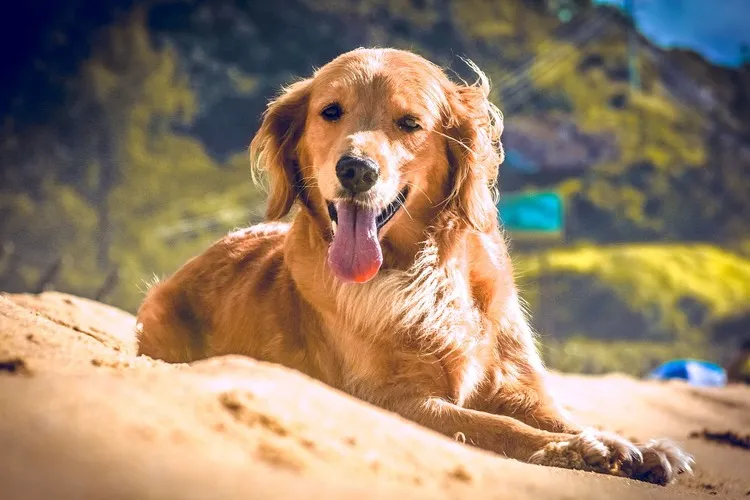
The Benefits of Choosing a Mutt Dog
Adopting a mutt comes with a rewarding set of advantages:
- Saving a Life: When you adopt a mutt from a shelter or rescue, you’re giving a deserving dog a second chance at a happy life.
- Affordability: Adoption fees are typically much lower than the cost of purchasing a purebred dog. You’ll save money that can be used for essential supplies, vet care, and maybe even some extra treats!
- Fewer Health Problems: As we discussed, mutts often benefit from hybrid vigor, potentially reducing their risk of breed-specific health issues.
- Unique Traits: Mutts are full of surprises! You’ll get to enjoy a unique blend of physical and personality traits that make them truly special. Will they have floppy ears or a curly tail? It’s a delightful mystery!
- Less Intense Instincts: Certain purebred dogs were historically bred for specific jobs, like herding or hunting. These instincts, while impressive, can sometimes be challenging for pet owners. Mutts often have these instincts to a lesser degree, making them more relaxed companions.
Mutt vs. Mixed Breed vs. Designer Dog: What’s the Difference?
These terms are often used interchangeably, but there are subtle distinctions:
- Mutt: Typically refers to a dog with an unknown or highly mixed ancestry. Their lineage might involve multiple breeds over several generations.
- Mixed Breed: Usually indicates a dog whose parents are of two known, different breeds, but the breeding wasn’t planned.
- Designer Dog: This term describes dogs that are intentionally bred by crossing two purebred dogs to create a new, desirable combination. Popular examples include Labradoodles (Labrador Retriever and Poodle), Goldendoodles (Golden Retriever and Poodle), and Cockapoos (Cocker Spaniel and Poodle).
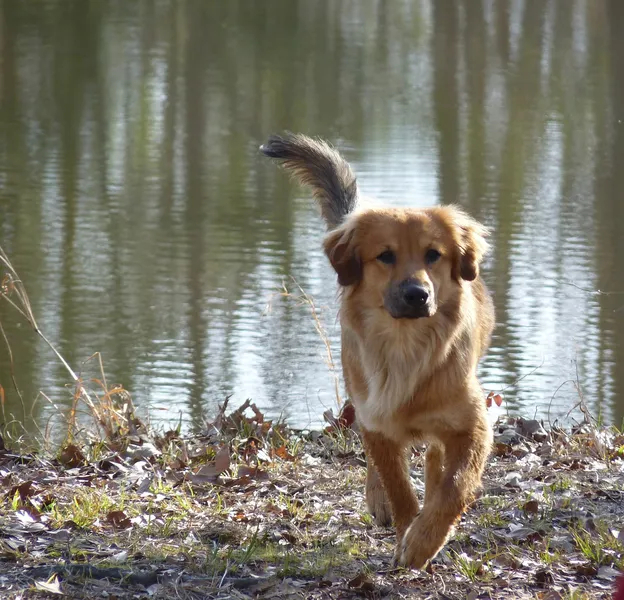
How to Choose the Right Mutt Dog for You
Finding the perfect mutt companion involves careful consideration:
- Lifestyle: Think about your daily routine, activity level, and living space. Do you have a yard or live in an apartment? Are you active or prefer a more relaxed pace? Matching a dog’s energy level and needs with your lifestyle is crucial for a harmonious relationship.
- Research Potential Breed Characteristics: Even though mutts are a mix of breeds, try to learn about the general traits of the breeds that might be in their background. This can give you insights into their potential size, grooming needs, and activity levels.
- Meet and Greet: Spend time interacting with potential mutts to gauge their personality and see if there’s a connection.
Finding Your Perfect Mutt Dog Companion
The best places to find your new furry friend are animal shelters and rescue organizations. These organizations are filled with deserving dogs of all ages, breeds, and mixes, eager for a loving home.
- Local Shelters: Check out your local animal shelters or humane societies.
- Breed-Specific Rescues: If you have a particular breed in mind, you can often find rescues dedicated to specific breeds or mixes.
Learning About Your Mutt’s Genetics
Curious about your mutt’s ancestry? Dog DNA tests are a fun way to learn more! These tests analyze your dog’s saliva to identify the breeds in their genetic makeup, sometimes tracing back several generations. Some tests can also provide insights into potential health risks associated with their breed mix. Popular dog DNA test providers include Embark and Wisdom Panel.
FAQs About Mutt Dogs
1. Are all mutts healthy?
While mutts might have a lower risk of certain genetic health problems, they are not entirely immune to health issues. Their overall health depends on various factors, including diet, lifestyle, and genetics.
2. Are mutts difficult to train?
Mutts can be just as trainable as purebred dogs. Training success depends on consistency, positive reinforcement, and understanding your dog’s personality.
3. Where can I find a mutt to adopt?
Animal shelters and rescue organizations are the best places to find mutts looking for loving homes. You can also check with breed-specific rescues if you have a particular mix in mind.
Conclusion
Mutt dogs are amazing companions that bring joy, love, and laughter into our lives. Their unique blend of traits, resilience, and often healthier genetics make them an excellent choice for any dog lover. By embracing their individuality and debunking the myths surrounding them, we can open our hearts and homes to these deserving dogs and discover the extraordinary bond that comes with sharing life with a mutt.
